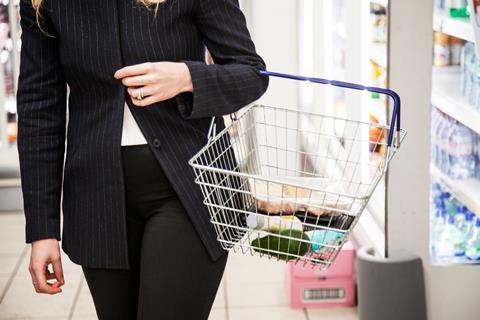
The relaxation of restrictions has failed to deter shoppers from visiting convenience stores, with visit frequency and spend increasing.
According to the latest Convenience Tracking Programme, compiled by Lumina Intelligence, in the four weeks to 2 May 2021, the reported average visit frequency to a convenience store was 2.6 times per week (up 8% on the previous research period) while average weekly shopper value was £29.09 (up 4%). The average basket size recorded during this period was 3.3 items, down 3% on the previous period.
The research found that planned top-up remains the number one mission driving shoppers to convenience stores, however its share of visits has fallen -2.7ppts to 29.2% during this period. This change has been driven by an increase in shoppers on a food to go mission, +2.1ppts to 12.6%.
Lumina Intelligence insight lead Alice Dolling said: “Despite restrictions of the UK hospitality industry beginning to ease, convenience retail benefitted from increased visit frequency and spend in April. Increased movement of people has also had a positive impact on the food to go category, which has increased share of total visits. As restrictions ease further, we expect food to go to continue to grow its share, particularly as workers return to offices.”
The proportion of convenience store shoppers purchasing pricemarked packs or buying on promotion also increased. More than half (55.2%) of convenience store shoppers purchased on promotion in the research period (+2.5ppts) and 46.5% purchased a pricemarked pack (+2.4ppts). The top three categories for PMPs were chilled foods (excluding milk), wrapped bakery and soft drinks.
The data also highlighted an increase in the proportion of shopper using delivery and click and collect services. The proportion of convenience store shoppers using delivery services increased +40% to 4.5% in the four-week period and for click and collect there was an increase of 8% to 1.1%.
“At the beginning of the year, we predicted the trend towards delivery to be one of the lasting legacies of the coronavirus pandemic, as shoppers get used to the convenience it offers. Our latest data continues to support this prediction, with the proportion of convenience store shoppers using delivery to conduct their shopping increasing by 40% in April.”




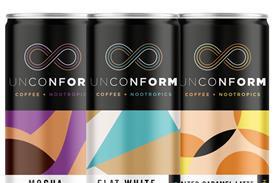

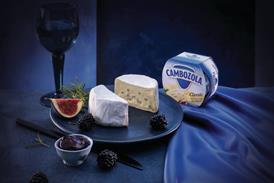
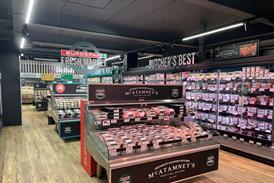



![WG-4003[58]](https://d2dyh47stel7w4.cloudfront.net/Pictures/274x183/4/5/1/353451_wg400358_6083.jpg)




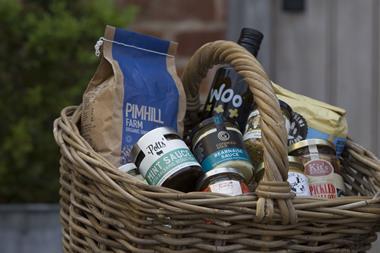


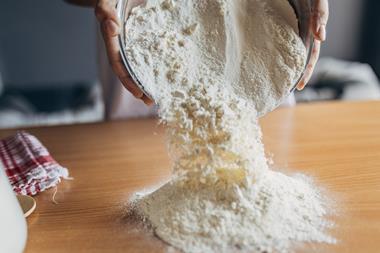
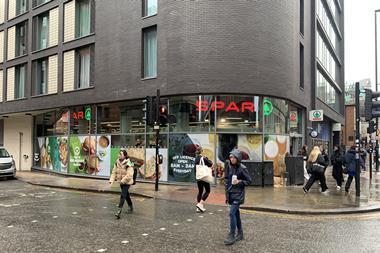
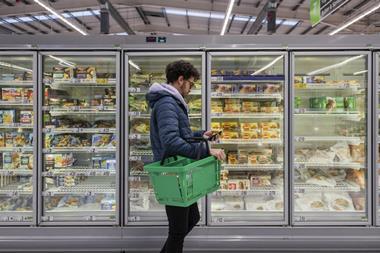

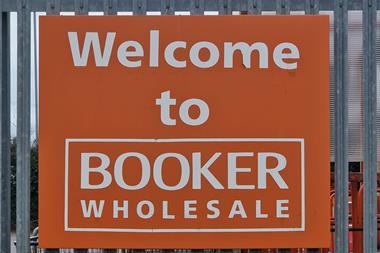




No comments yet